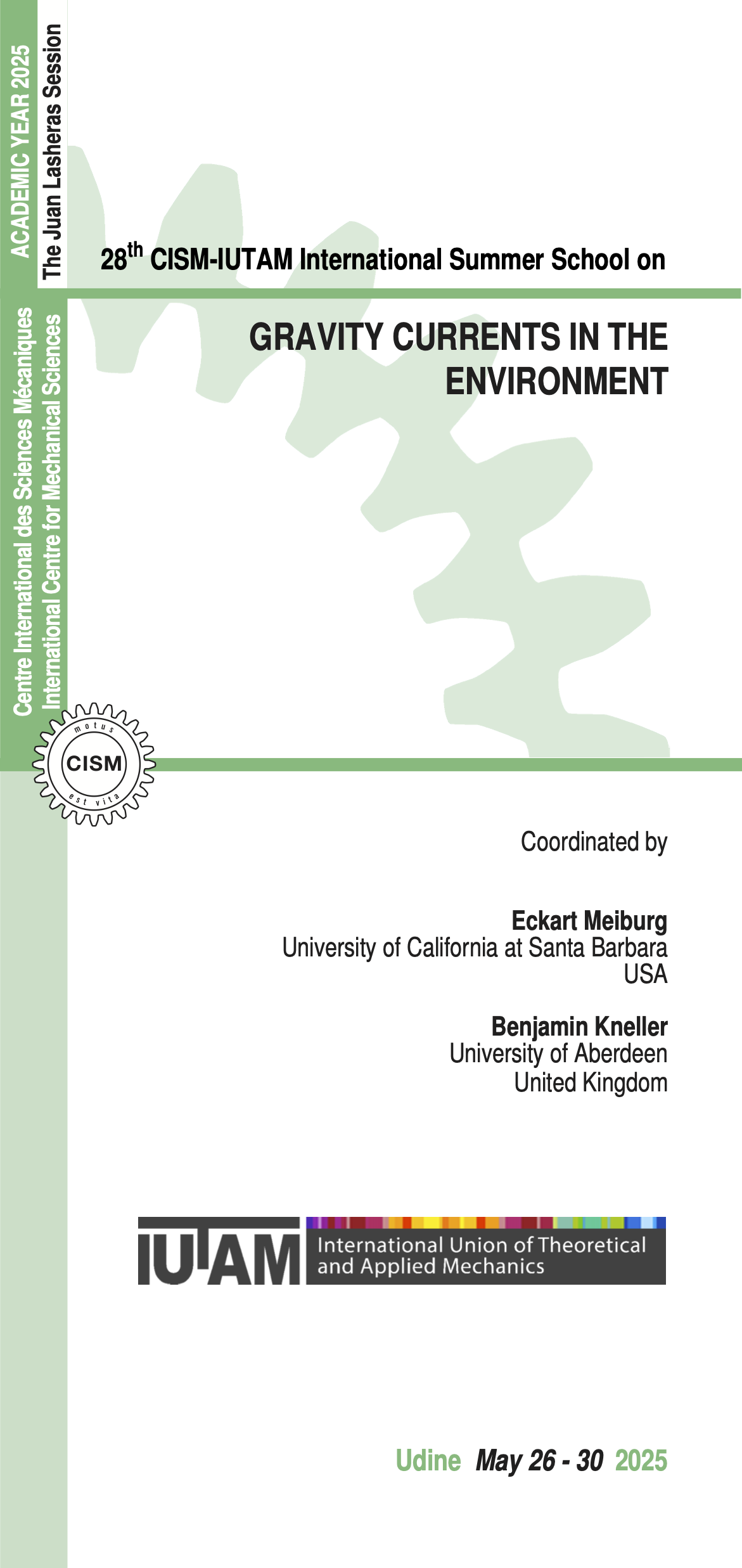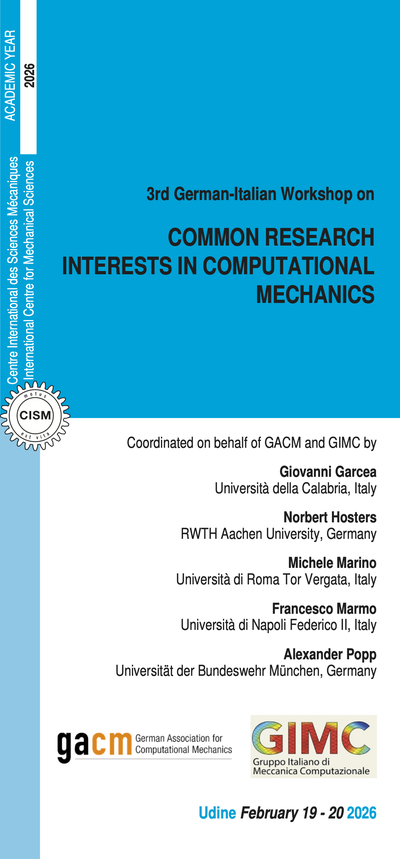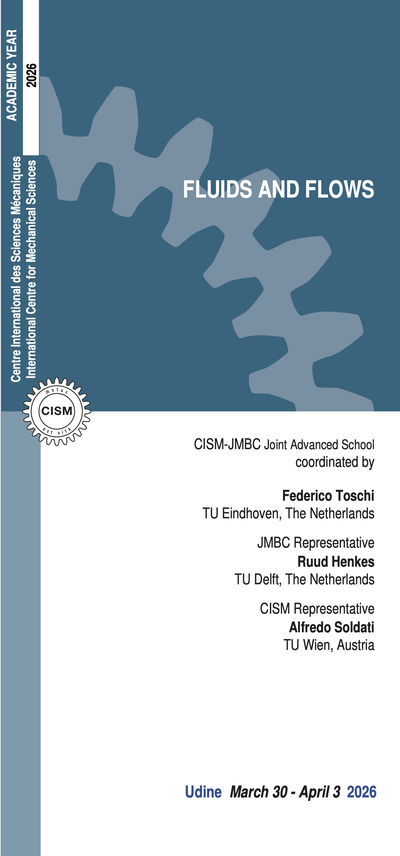IMPORTANT NOTICE: Lecture recordings for this course will be provided to online participants.
Gravity currents are a ubiquitous phenomenon in nature and technology. They constitute primarily horizontal flows that are driven by hydrostatic pressure gradients due to variations in temperature, chemical composition, or the presence of suspended particles. They are among the main drivers of heat and mass redistribution on the planet, via density-driven flows in the ocean and atmosphere, and are responsible for a range of natural and man-made hazards, such as snow avalanches, landslides, volcanic eruptions of various kinds, but also positively buoyant flows such as plumes and smoke from fires within buildings. Turbidity currents represent an important class of particle-driven gravity currents, as they represent a key mechanism for transporting sediment into deeper water. Their interaction with the seafloor via erosion and deposition is responsible for the formation of large-scale features such as submarine canyons, and their deposits form the largest sediment bodies on Earth. From an engineering point of view, submarine gravity currents pose a significant hazard to infrastructure such as oil pipelines and telecommunication cables.
That gravity currents can form under such a wide variety of conditions renders them a particularly fascinating research topic. They can be associated with opposite ends of the Reynolds number spectrum (magma flows versus atmospheric currents), so that they are governed by different balances between inertial, viscous, and gravitational forces. They can be nonconservative in that their excess density varies with time (for example, eroding or depositing turbidity currents), they can be Boussinesq or non-Boussinesq in nature (seabreezes versus powder snow avalanches), they can give rise to non-Newtonian dynamics (debris flows), and they can be linked to chemical reactions or to the preferential exclusion of salt during the formation of ice. Gravity currents can exist in ambient environments that exhibit velocity shear, such as in thunderstorm outflows, their dynamics can be affected by complex topography, and they can interact with a background density stratification, thereby triggering the formation of internal gravity waves, or vice versa where sediment resuspension due to breaking internal waves may conversely generate gravity currents.
The proposed course will introduce the fundamental physical principles governing the dynamics of gravity and turbidity currents, along with a broad variety of examples in nature. We will highlight several conceptual models of high Reynolds number gravity currents, and introduce depth-resolving modeling approaches based on the full Navier-Stokes equations.
The course will include a one-day field excursion to examine deposits of ancient submarine gravity flows that occurred 55 million years ago and are now preserved as sedimentary rocks. These include the deposits of turbidity currents and submarine landslides.
The course is intended primarily for graduate students, postdocs, and early career researchers, as well as for senior scientists from engineering and geosciences.
Dufek J 2016 The Fluid Mechanics of Pyroclastic Density Currents. Ann. Rev. Fluid Mech. 48: 459-485.
Meiburg E and Kneller B 2010. Turbidity Currents and Their Deposits, Ann. Rev. Fluid Mech. 42:135–56.
Simpson JE. 1997. Gravity Currents: In the Environment and the Laboratory. Cambridge Univ. Press.
Sutherland BR. 2010. Internal Gravity Waves. Cambridge Univ. Press.
5 lectures on:
Introduction to gravity-driven currents in the ocean; Dense currents: Topography and roughness I; Dense currents: Topography and roughness II; Buoyant currents I; Buoyant currents II.
4 lectures on:
Turbidity currents in reservoirs, lakes and oceans; Some gravity flows on land: debris flows, lava flows, dense gases, haboobs and volcanic plumes; Gravity flows in water: submarine landslides, sewage outfall, river plumes; Recap of field trip.
5 lectures on:
Introduction to pyroclastic density currents; Pyroclastic density currents: Conceptual models and multiphase framework; Turbulent multiphase flow in pyroclastic density currents: Hazards I; Turbulent multiphase flow in pyroclastic density currents: Hazards II; Cheating friction: Runout of pyroclastic and related granular-fluid flows.
4 lectures on:
Introduction to powder snow avalanches; Dense avalanches and flow instabilities I; Dense avalanches and flow instabilities II; Powder snow avalanches and mixed avalanche.
4 lectures on:
Gravity currents: Introduction and numerical simulations; Interaction of gravity currents with solid obstacles; Double-diffusive sedimentation from river plumes; Grain-resolving simulations of particle-laden flows.
5 lectures on:
Introduction to internal waves I; Introduction to internal waves II; Gravity currents in two-layer fluids; Gravity currents in uniformly stratified fluids; Particle-bearing gravity currents in stratified fluid.
ADMISSION AND ACCOMMODATION
The course is offered in a hybrid format, allowing participants the flexibility to attend either in person or remotely via the Microsoft Teams platform.
Admission to on-site attendance is granted on a first-come, first-served basis to comply with the capacity of the lecture room.
Application forms should be submitted online through the website: http://www.cism.it. A confirmation message will be sent to participants whose applications are accepted.
Registration fees:
- Early Bird On-Site Participation: € 650.00 + VAT* - Deadline: March 26, 2025
- Late On-Site Participation: € 800.00 + VAT* - Deadline: May 13, 2025
- Live Streaming Online Participation: € 250.00 + VAT* - Deadline: May 13, 2025
On-site participation includes a complimentary bag, five fixed menu buffet lunches, hot beverages, downloadable lecture notes.
Online participation includes downloadable lecture notes.
Upon request, and subject to availability, a limited number of on-site participants can be accommodated at the CISM Guest House for € 35 per person per night. To request accommodation, please contact foresteria@cism.it.
CANCELLATION POLICY
Applicants may cancel their registration and receive a full refund by notifying the CISM Secretariat in writing (via email) no later than:
- March 26, 2025, for early bird on-site participation;
- April 26, 2025, for late on-site participation;
- May 13, 2025, for online participation.
No refunds after the deadlines. Cancellation requests received before these deadlines and incorrect payments will be subject to a € 50.00 handling fee.
GRANTS
A limited number of participants from universities and research centers who do not receive support from their institutions can request a waiver of the registration fee and/or free lodging.
Requests should be sent to the CISM Secretariat by March 26, 2025, along with the applicant's curriculum vitae and a letter of recommendation from the head of the department or a supervisor confirming that the institute cannot provide funding. Preference will be given to applicants from countries that sponsor CISM.





